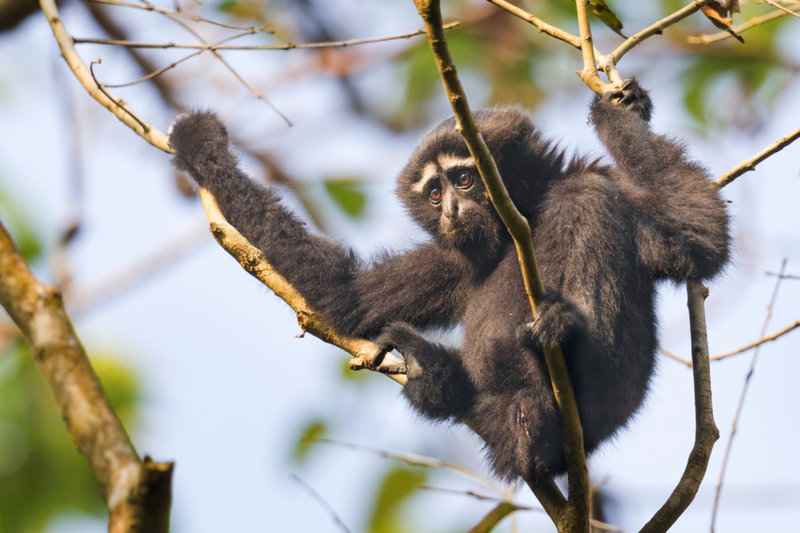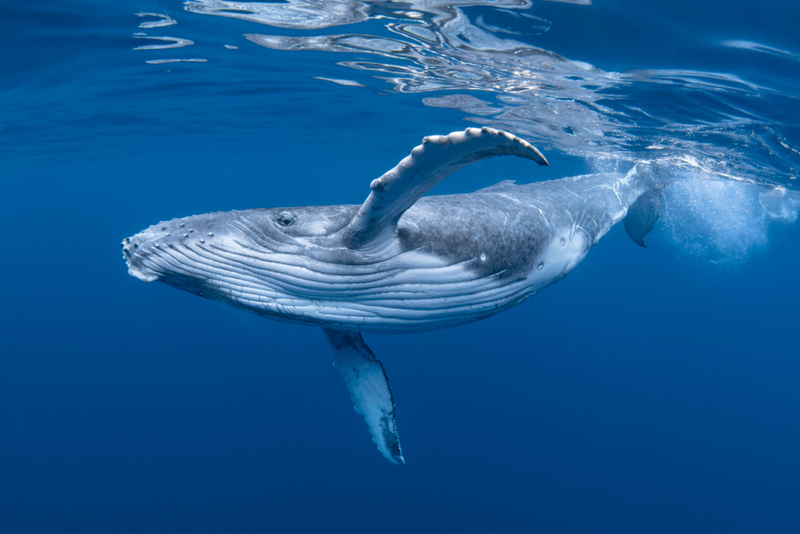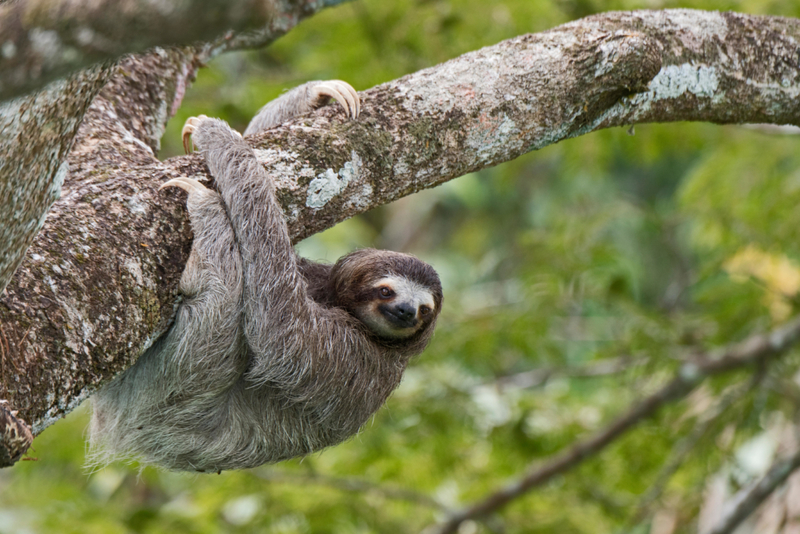We are no strangers to the tentacles of an octopus. They seem slimy and well, also kind of gross. But they are still long, graceful, and beautiful. What about here on land? Here are some animals that have really long arms too!

However, among non-flying or aquatic animals, two types of mammals take the cake in terms of proportional size. The Gibbons, a tribe of branch-swinging apes that live in the canopies of Southeast Asian forests, have the longest arms in relation to their body size. A few species of three-toed sloths, on the other hand, rank at the top. With those features, Homo sapiens may have forearms twice as long as they are now. Gibbons evolved to hunt by grabbing trees and hanging from them, resulting in a preference for longer limb segments over time. They have a 360-degree range of motion on their shoulders. Gibbons range from northeastern India to southern China to Borneo, representing over a dozen species. They are all tailless, and their long coats are stunning! But these are not the only animals with long arms.

With their gigantic flippers, which originated and evolved from the arms of their mammalian ancestors and may measure 4.9 meters in length, humpback whales would easily destroy all other rivals.

Next up, we have the great sloth! Bradypus tridactylus, a fair-skinned sloth, and Bradypus variegatus, a dark-skinned sloth, have forearms that are 1.7 times longer than their limbs in general. Sloths and gibbons clearly use their forearms to travel through tree branches in distinct ways; while being great swimmers, sloths ascend from trees and slither together over them at modest accelerations, but gibbons can quickly shift direction from one branch to the next. Sloths outweigh gibbons in terms of proportional full extension.